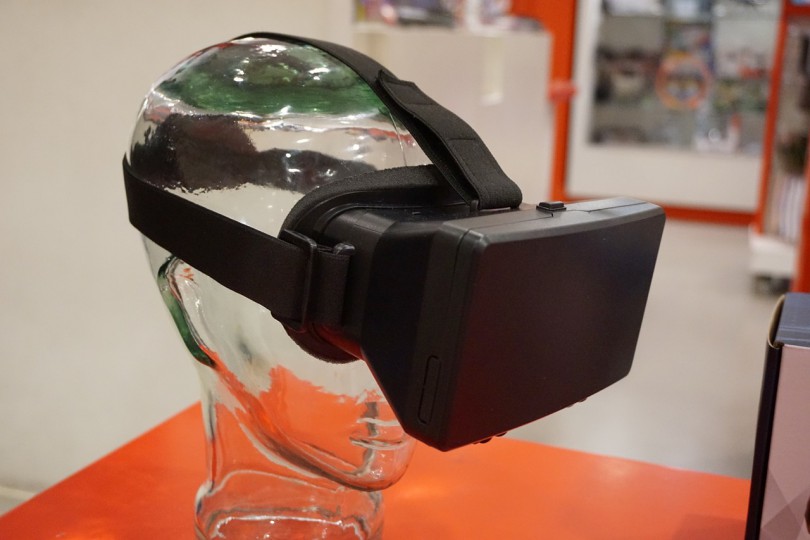Editor’s note: Annually, we begin the year by featuring posts by industry thought leaders predicting key trends that will impact the public relations profession. Follow the series and join the discussion by using the hashtag #PRin2016.
It’s tempting to assume that this increasingly automated, data driven, super connected digital world doesn’t require your human touch- but that couldn’t be farther from the truth. Creative thinking, communicating complex issues, and spotting abstract trends are specific “human” tasks that are essential in the digital age. In fact, the benefits of marketing and communication technologies today is that these human talents can be harnessed to even greater effect.
The following trends which are outlined fully in Hotwire PR’s 2016 trend report have been crowdsourced from 400 communications professionals, working in 22 countries, spread across five continents. This is not a quantitative study, it is based upon the real-life experiences and insights of communications and marketing professionals – giving you a practical and “human” view of the shifting dimensions of 2016’s marketing landscape. Here’s what you need to know:
Your website isn’t as important- It’s almost heretical to think about not directing users to your website. After all, you’ve put a lot of resources and effort into developing and keeping it updated. It’s time to make a shift from website-centric campaigns to platform diversification. This means leaving the comfort zone of your own websites to go where your audience is. Buzzfeed is paving the way- it now generates 52% of all its views away from its own website – through Snapchat, YouTube and Facebook video. This isn’t a transition you want to ignore – You’re at risk of losing valuable leads if you have a single-mindedly focus on driving your audience to your website.
Age is just a number- Effective communicators must break away from targeting broad age brackets with a one-size fits all approach. Many brands have been guilty of marketing extensively to ‘Millennials’ in particular, based on an assumed set of values, life experiences and perspectives. In 2016, targeting will become more age-agnostic, focusing on the behaviors, unique experiences and passions of individuals for a more impactful influence approach. Where once we categorized audiences into large meaningless groups, now we can engage niche interest groups. Where once our targeting was indiscriminate, today we can address audiences at a granular and hyper-local level without having to trade personalization for reach.
Your audience is killing advertising- Now that consumers can block ads on streaming videos and mobile devices, brands will have to get slick about the way they influence them. Moving beyond traditional ads and digital displays doesn’t mean that you’re out of options- audiences on ad-free platforms CAN be reached. In fact, creating experiences that consumers actively choose to engage in will allow you to influence customers without negatively impacting the experience. This can be achieved by introducing games and applications that create emotionally engaging experiences and happen to generate positive brand engagement. Developing a deep understanding of the platforms you choose to communicate on sets the foundation to establish effective campaigns that do not depend on traditional advertisements.
Virtual Reality is the new reality- “Try it before you buy it” doesn’t just apply to goods and services anymore, now brands can allow customers to try experiences before they make purchase decisions. Imagine being able to invite a customer to experience what it’s like to travel to a tropical island, complete with wind, the feeling of ocean spray on their faces, and even the smell of the sea under their nose. Virtual Reality experiences will be a significant vehicle to influence consumers because of its ability to “recreate” the promised experience. While the applications in the for-profit sector are innumerable, Virtual Reality will likely make an even bigger impact in the non-profit and charity sector. Allowing potential donors to “experience” the plight of disaster or war victims for example will undoubtedly lead to more contributions as consumers are able to better relate to the need at hand.
Value Based Activism will make or break you- Companies can no longer get away with taking a neutral stance on polarizing political and social issues. Consumers will yield their purchasing power based on how closely a brand’s social and economic values mirror their own. As a result, it’s essential that brands not only have responsible values, but that they are bold and tactful in taking a stand on them. While social values have always been important to consumers, in 2016 companies will need to weave their values into the core of their communications campaigns rather than simply posting them on an obscure “about us” page.
One of the biggest mistakes we can make as communicators is to assume what has worked before will continue to be effective. Rapid developments in technology and changes in consumer perspective can mean that a few months out of the “loop” can be detrimental.
Brendon Craigie is Hotwire’s Group CEO. That means he has global responsibility for the leadership and strategic direction of Hotwire and all of its teams. Brendon joined Hotwire when it was a start-up. Today he concentrate on working closely with Hotwire’s international clients to make sure all expertise and capabilities are applied to their campaigns. Brendon’s passion is the power of technology. He feels that it has so much potential to shape lives, culture and business, and ultimately make the world a better place. And I feel privileged to work in a sector that reflects this passion. Follow Brandon on Twitter @brendoncraigie.







